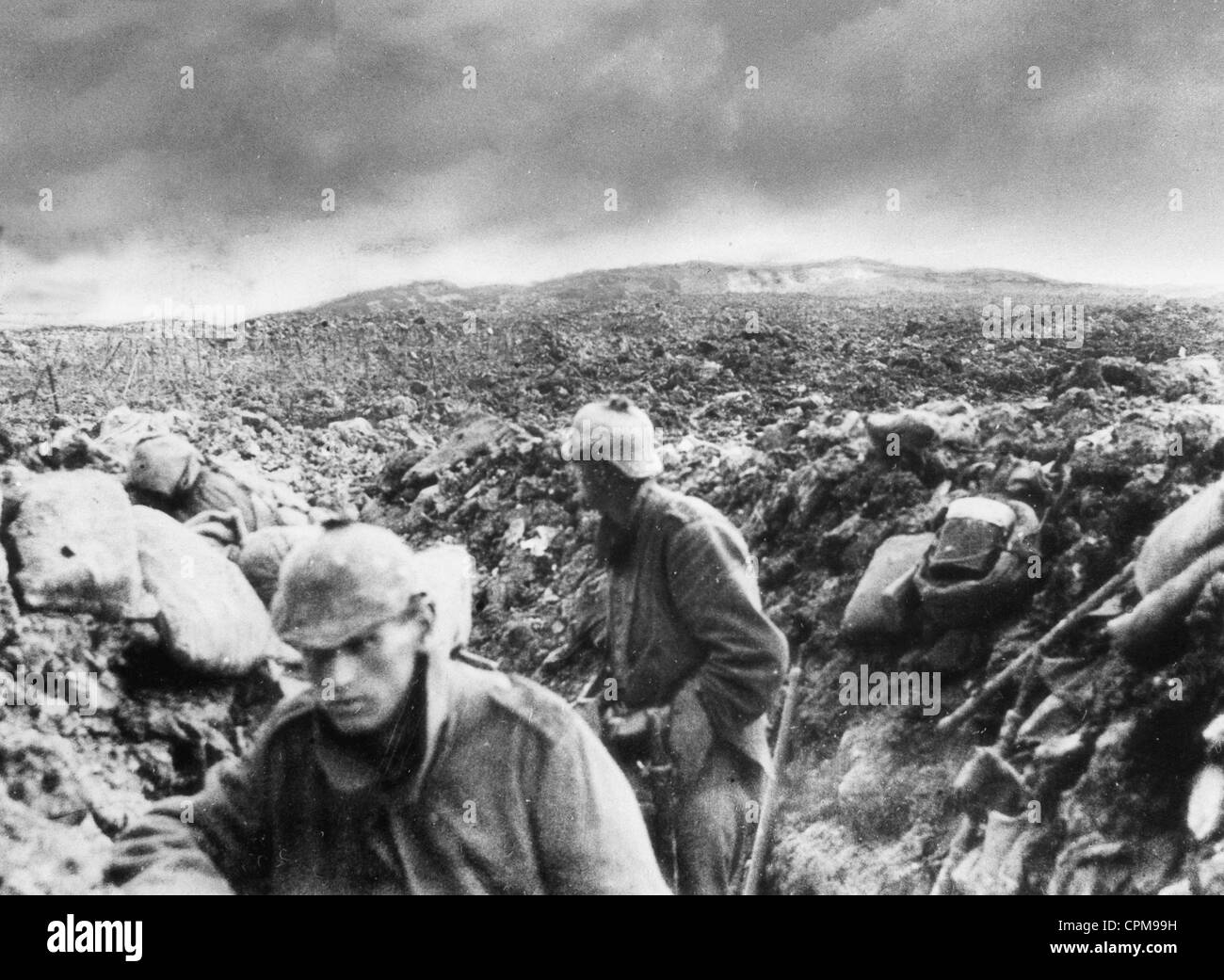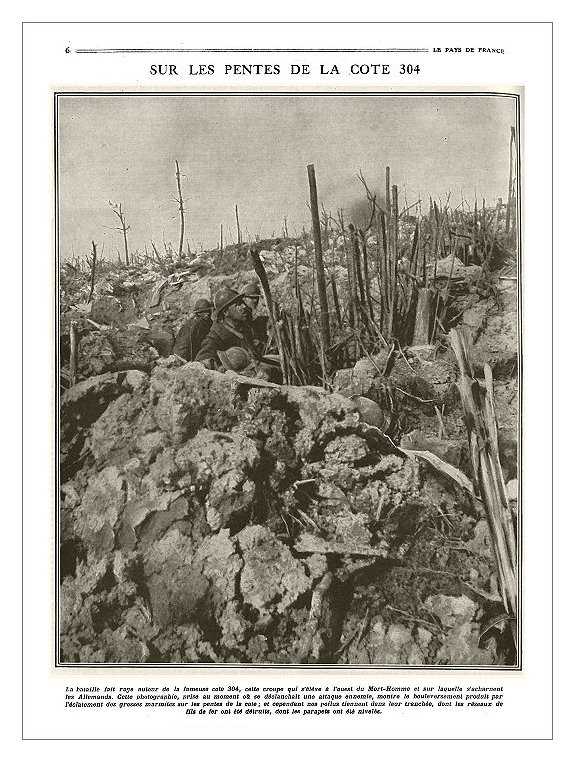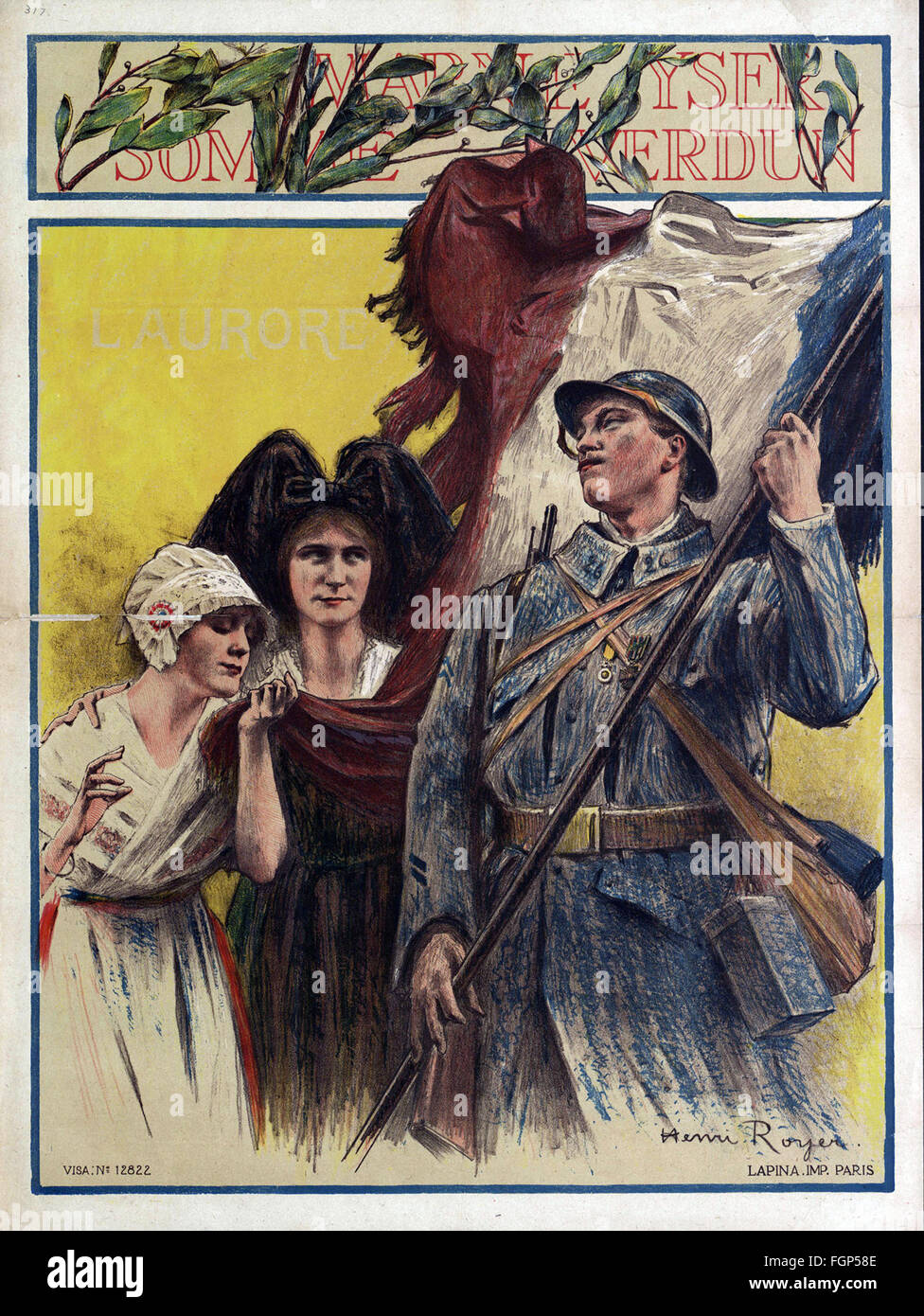


Verdun was not a rapid or decisive victory and therefore was a failure in which the German Army threw more men, more artillery, and more of their wealth at an already failed campaign. The Germans were fighting a war on two fronts they had to quickly end the war in France – or Russia to consolidate their territorial gains and combine their forces. Only the French 60th year commemorative stamp was applicable to the battle of Verdun. In example, you used the word “bombing” (which is normally reserved for bombs dropped from aircraft, when bombardment would have been more appropriate). Unlike virtually all of your previous historical vignettes, illustrated by appropriate US stamps, this one seemed to be out of place, disjointed, and stamps for WWII victory mixed with a contemporary US stamp commemorating WWI Veterans, all of whom have passed on today. It was the largest and longest battles between France and Germany on the Western Front during the war and one of the costliest conflicts in history.Ĭlick here to see what else happened on This Day in History. Largely fought from trenches, the 10-month battle resulted in horrific casualties and more than 300,000 deaths on each side. By autumn, the French had retaken both forts. Though the Germans abandoned their advance, they still held French forts. Item #M11917 – Collection of six mint World War I stamp sheets. Falkenhayn was removed from his position shortly after. Despite these gains, the German offensive was generally considered a failure and many German troops were called away to reinforce the Somme front. Fighting continued into June when the Germans took another important stronghold, Fort Vaux. Click image to order.ĭuring the first few days, the German orders quickly changed to take French positions “without regard to casualties.” By the end of the first week of battle, the Germans had advanced six miles and took control of the undefended Fort Douaumont, the most important fortress in Verdun.

France #1481 was issued for the 60th anniversary of the battle. And over the coming months, about three-fourths of the French Western Front divisions would serve there. This constant shell storm would be common throughout the long battle. The assault began with the heaviest bombing in history, with the Germans firing over 1,220 guns. On February 21, 1916, the Germans set up an eight-mile perimeter around Verdun, a heavily fortified garrison in the northeast of France and a critical part of the defense of Paris. US #934 – According to legend, a sword from one of the reliefs broke off on the day the Battle of Verdun began. In late 1915, von Falkenhayn delivered his “Christmas Memo.” In it, he promised to not just take French territory but to make their army “bleed to death” in their defense of the Verdun fortress complex on the Meuse Heights. Item #M11403 includes a stamp picturing a French soldier wearing a gas mask at the Battle of Verdun. Afterward, von Falkenhayn planned to march his troops swiftly on to England. He sought a target so valued by the French that they would sacrifice their entire army to defend it. Because the French shielded that nation from his reach, von Falkenhayn plotted to destroy that army first. German general Erich von Falkenhayn considered England to be his country’s most important enemy. On February 21, 1916, one of the longest battles on the Western Front began at Verdun. Battle of Verdun US #2154 honors veterans of WWI.


 0 kommentar(er)
0 kommentar(er)
